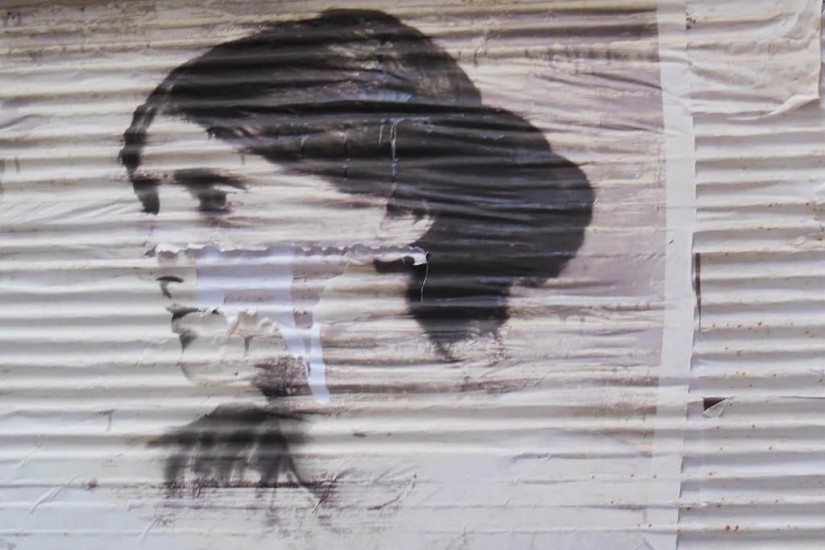When most people hear the term rare books, they imagine an old boys’ club of dealers seeking out modern first editions, mostly by men. The modern first-edition market began in earnest when a 1978 court decision forced publishers to sell remaindered books at their depreciated value. As a result, publishers pulped most unsold new books and sold the rest for pennies. This made modern first editions scarce—a major factor in defining value. Prices of important books, especially by men, shot through the roof. “The eighties became the heyday of modern first-edition collecting,” O’Donnell said.
Then the Internet blew open the market. Everyone put their stock of first editions online, and the market was flooded. It became plain that first editions weren’t so rare after all, if you could buy one for fifteen dollars. “Books are not money, there is no right price for a book, and prices rise and fall all the time,” O’Donnell said. This rarefied secret society became transparent, democratized. “High spot” first editions, mostly by men or by a few female stars, such as Mary Shelley or Jane Austen, remained fixed and thriving at the top end of the market. Everyone else had to pivot.
They pivoted to everything from author archives to ephemera. This opened up new and more creative ways of collecting. Women collectors have benefitted from this eye-opening, more imaginative way of seeing what male dealers once dismissed. “There has been a turn to prizing material objects as artifacts, thanks to ordinary people putting their stuff online,” Denlinger explained. She pointed to excitement building around friendship books, a mid-eighteenth- and nineteenth-century protoscrapbook genre. Women filled books with extracts of poetry, anecdotes, quotations, hair jewelry, and other objects they liked. Each is unique (and often affordable), which makes friendship books especially appealing to younger researchers.
And female booksellers, such as O’Donnell, are doing what they can to encourage and reward young female collectors. O’Donnell’s Honey & Wax Booksellers launched an annual thousand-dollar prize for an outstanding book collection by a woman under thirty. Last year’s winner amassed hundreds of popular American romance novels from the twenties and thirties, a collection that provided insight into changing gender roles between the suffrage movement and World War II.
